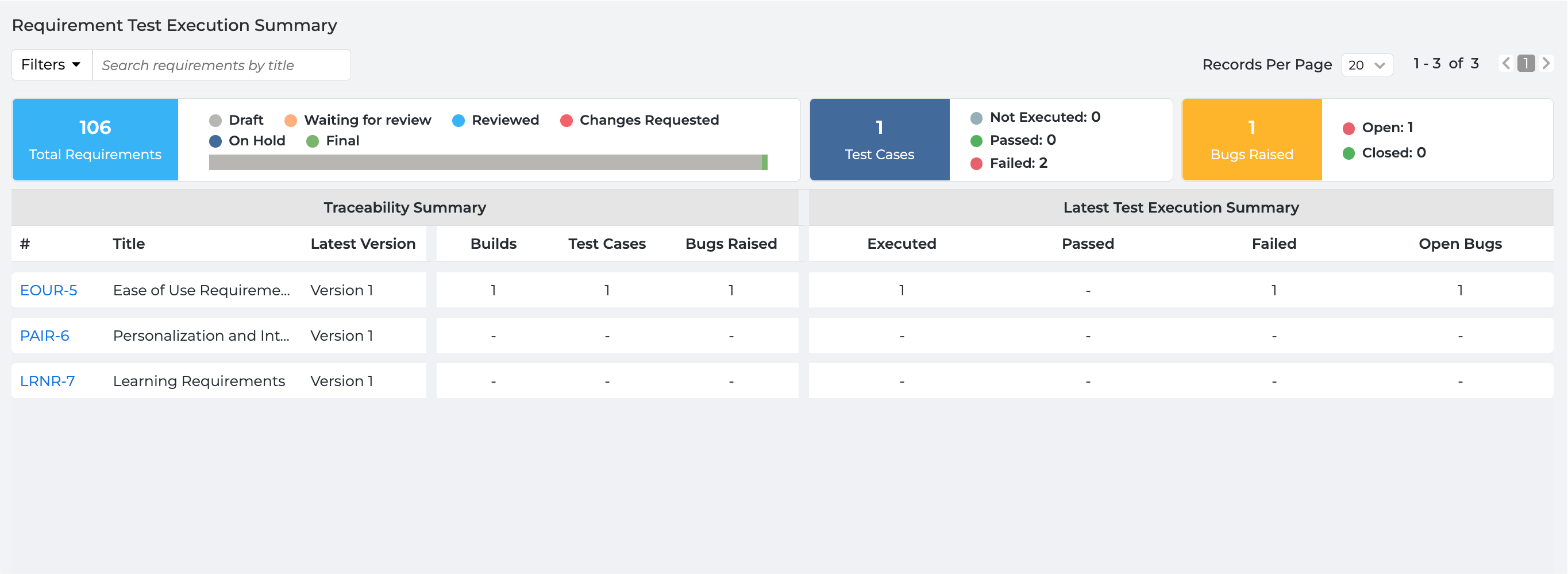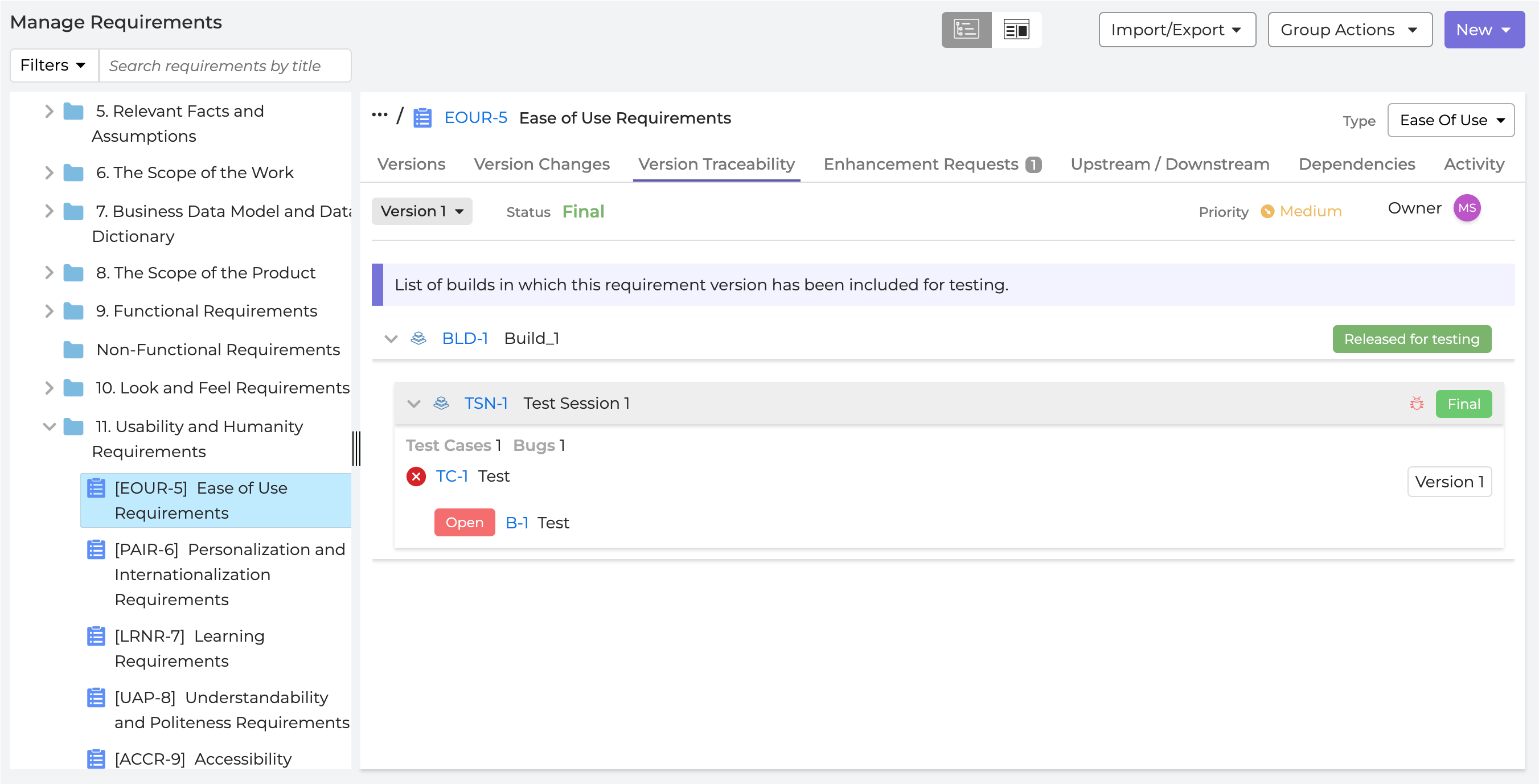Requirements Traceability
Bridge engineering silos across development, test, and risk activities. Provide end-to-end compliance, risk mitigation, and process improvement with Xebrio
Where Traceability Can Come Up Short – And How to Fix It
The current method of traceability, which involves using document-based workflows such as Microsoft Word and Excel, has several limitations and is prone to error. When traceability is performed using static documents, it can be time-consuming, and there is a risk of missing important updates or making mistakes.
The traceability approach can also lead to human error, as everything must be done manually. Keeping the traceability matrix up to date and in sync with all product development activities can be challenging. In addition, updates to the matrix are often communicated via email, which can lead to issues with version control and incorporating everyone’s comments, resulting in misunderstandings and the need for rework.
Finally, this method has no built-in compliance frameworks, making it challenging to ensure coordination and compliance with industry standards. A more practical solution is to use a comprehensive requirements management solution like Xebrio that enables real-time collaboration, bidirectional traceability, and integrated risk management.
Let’s look at central benefits of implementing end-to-end traceability with a solution like Xebrio.
Holistic, Actionable Visibility into Requirements and Stakeholders
- How requirements trace forward to their implementations within work products, along with how those products trace back to original requirements and designs.
- How all requirements were tested – i.e., the test cases linked to them, whether the tests passed or failed, and any associated defects identified along the way.


Easier Identification of Gaps
- Visualize where gaps exist and whether tests have been drafted and completed.
- Reduce risks in overall product development process.
